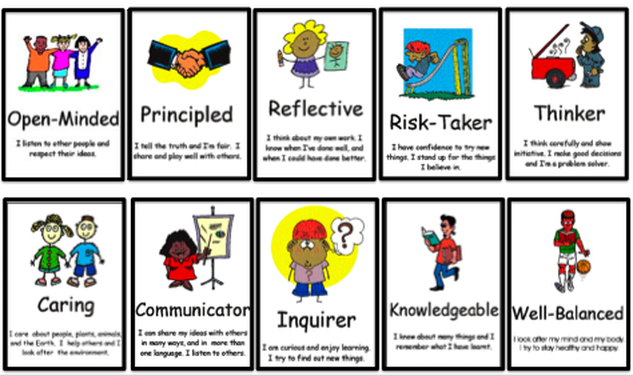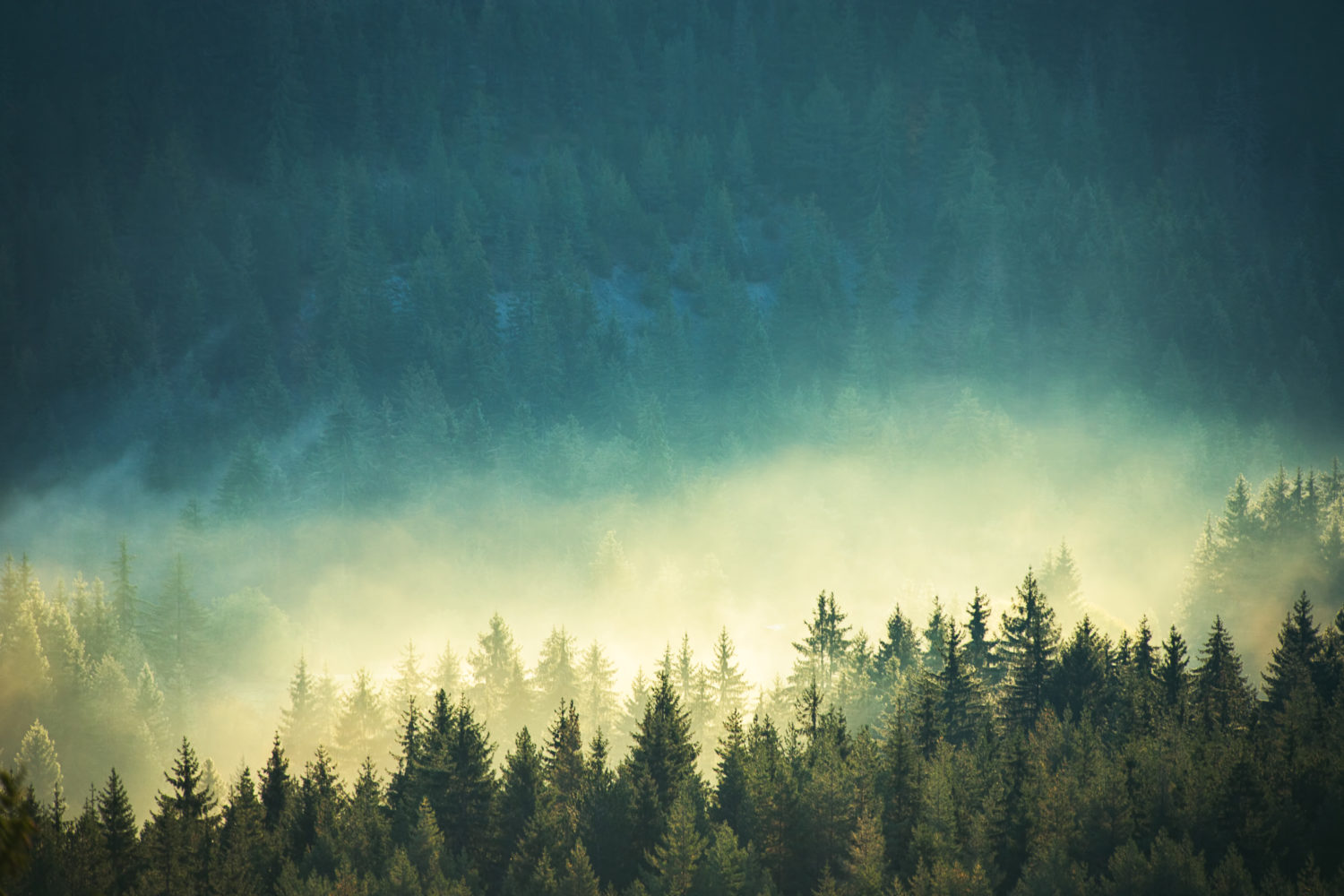Our class has been named after the well-known children’s author Julia Donaldson. She was born in 1948. She is the writer behind many well known stories (such as The Gruffalo, Stick Man, The Snail and the Whale) she was Children’s Laureate too.
Phonics
At the end of Year 1, children will be completing the Year 1 Phonics Screening. https://www.phonicsplay.co.uk/ is a fantastic website which can be used to support your children with their phonics learning at home. Throughout the year, I will be sending home additional resources to support you and your children with their phonics development. If you need any support with phonics learning at home, please do not hesitate to contact us within school.
Along with phonics, reading is incredibly important to develop our phonetic understanding. Ideally, children should be reading a short amount each day, but at least three times a week. The children do get the opportunity to change their books every day but those linked to phonetic understanding will be updated with the support of a teacher weekly.
Maths
In Year 1 we will be focusing on the following core facts:
- Know and recall number bonds to 10
- Know double and half of numbers within 20
- Know one more and one less of any given 2-digit number
Homework will be sent home to support this learning.
PE
PE will be on Mondays and Wednesdays
PYP
Across the school we follow the PYP, and within the Year 1 classroom a Learner Profile Attribute display is available for children to reference. We encourage children to recognise times when they have shown the characteristics, and support them in reflecting on the learning and the choices that they have made.

Within the PYP, we explore the National Curriculum through the transdisciplinary themes of the International Baccalaureate. These are:
- Who we are
- Where we are in place and time
- How we express ourselves
- How the world works
- How we organise ourselves
- Sharing the planet
Knowledge Organisers
How we express ourselves
Central Idea:
Creativity can help us to express ourselves and our ideas.
Sustainable Development Goal:
Life on land
Lines of Inquiry:
The importance of being an individual (Responsibility)
Conditions needed for living things to thrive (Function)
How nature is represented in art (Perspectives)
Core Texts:
- Dogs Don’t Do Ballet
- Katie and The Sunflower
English Writing:
- Diary entry
- Narrative
- Newspaper report
Science:
- Plants
History:
- Significant individual – Van Gogh
Art:
- Van Gogh – Sunflowers
Geography:
- Identify human and physical features of the local area
Computing:
- Creating media – Digital writing
Music:
- Sing up – Come dance with me
RE:
- How should we care for others and the world, and why does this matter (Christianity and Islam)
Where We Are In Place & Time
Central Idea:
Children’s experiences of learning through play may differ.
Sustainable Development Goal:
Good health and wellbeing
Lines of Inquiry:
Developments in living memory
The relationship between technology and play
Innovations in play
Core Texts:
- Dogger
- Traction Man
English Writing:
- Letter
- Narrative
- Instructions
Science:
- Materials
History:
- Toys past and present
Geography:
- How is weather different around the world.
Art:
- Tony Hart’s ‘Morph’. Sculpting your own ‘Morph’.
PSHE:
- Growing and changing.
RE:
- What does it mean to belong to a faith community (Christianity and Islam).
Music:
- Dancing and drawing to Nautilus, Cat and Mouse.
Computing:
- Programming animations.
DT:
- Constructing a set for your Morph character.
How we organise ourselves
Central Idea:
Monarchies may shape our society
Sustainable Development Goal:
Climate Action
Lines of Inquiry:
My country’s special relationships (Connection)
The significance of monarchs in British history (Perspective)
The role of monarchy in modern Britain (Causation)
Core Texts and writing outcomes:
- The Cat and The King
- The King’s Pants
- The Princess and the Wizard
- Story writing narrative
- Writing a letter
Maths:
- Place Value (within 50)
- Length and Height
- Mass and Volume
Geography:
- Where is my country in the world?
History:
- Kings, Queens and Castles
D&T:
- Making a castle
Music:
- ‘Dawn’ from Sea interludes, Musical conversations
Computing:
- Data and information – Grouping data
PSHE:
- Physical health and Mental wellbeing, Keeping safe
RE:
- What makes some places sacred? – Muslims
PE:
- Racket, bat and balls
How the world works
Central Idea:
Cycles occur in the natural world.
Sustainable Development Goal:
Climate Action
Lines of Inquiry:
Study the natural world around me (Form)
Cycles in nature (Change)
Our understanding of cycles (Perspective)
Core Texts:
- Lila and The Secret of The Rain
English Writing:
- Story writing narrative
- Writing a weather report
Maths:
- Place Value (within 20)
- Addition and Subtraction (within 20)
Science:
- Plants
History:
- Significant Individual (Matthew Henson)
Geography:
- What are seasons like in the United Kingdom?
Art:
- Artists across the four seasons, pointillism.
PSHE:
- Media Literacy & Digital Resilience. Money & Work
RE:
- Who is a Muslim and what do they believe?
Music:
- Football
PE:
- Hand skills (ball skills)
Computing:
- Programming A – Moving a robot
Sharing the Planet
Central Idea:
Special places may shape the relationships in communities around them.
Sustainable Development Goal:
Sustainable development goal 1 – no poverty
Lines of Inquiry:
How technology supports relationships (Connection)
Development of community spaces (Change)
The purpose of celebrations in our community (Function)
Core Texts:
- The lonely Christmas Tree
- Mog’s Christmas
English Writing:
- Story writing narrative
- Diary entry
Maths:
- Addition and Subtraction within 10
- Shape
Science:
- Animals including humans
History:
- Changes in technology
Geography:
- Local Study – simple map
Art:
- Collage – stained glass windows
PSHE:
- Respecting ourselves and others, belonging to a community
RE:
- What makes some places sacred?
Music:
- Colonel Hathi’s march
- Magical musical aquarium
PE:
- Fundamental skills
Who we are
Central Idea:
Society can be shaped by living things and relationships between them in local communities
Sustainable Development Goal:
Sustainable development goal 4 – Quality Education
Lines of Inquiry:
What it means to be me (Perspective)
My role in the local area (Connection)
Animals in our local area (Form)
Core Texts:
- To write a simple sentence
- Non-Chronological report
- Narrative writing- fairytale
Maths:
- Place Value (within 10)
Computing:
- Computing systems and networks
Science:
- Animals including humans
History:
- History of the local area including the school
Geography:
- What is my classroom like? Where is my school on my street?
Art:
- Sketching animals
PSHE:
- Families and friendships including safe relationships
RE:
- Who is a Christian and what do they believe?
Music:
- Menu song
PE:
- Fundamental skills
DT:
- Cooking porridge



